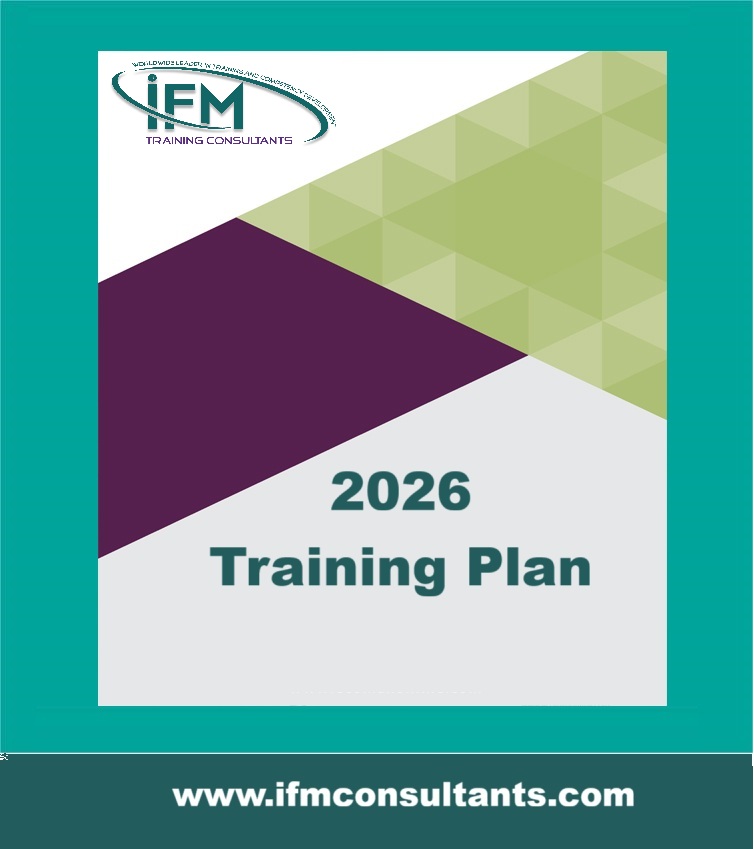Essentials of Air Monitoring Training Workshop
| Start Date | End Date | Venue | Fees (US $) | ||
|---|---|---|---|---|---|
| Essentials of Air Monitoring Training Workshop | 09 Nov 2025 | 13 Nov 2025 | Abu Dhabi, UAE | $ 3,900 | Register |

Essentials of Air Monitoring Training Workshop
| Start Date | End Date | Venue | Fees (US $) | |
|---|---|---|---|---|
| Essentials of Air Monitoring Training Workshop | 09 Nov 2025 | 13 Nov 2025 | Abu Dhabi, UAE | $ 3,900 |
Introduction
The industry will be facing increasingly stringent requirements to monitor air emissions to meet current regulations and the increasing pressure coming from enhanced public awareness. What will be the new requirements and what should we be doing now is the focus of the 3-day workshop which brings together industry, environmental consultants, and the regulators to envision the upcoming monitoring requirements, the available technologies, and their best use with the objective of increasing industry’s preparedness to face the impending changes.
By taking part in this workshop, you will enhance your understanding of the potential monitoring requirements to maintain facility compliance. A number of sessions will include specific case studies drawn from actual instructor experience. A number of pieces of monitoring equipment will also be available for demo/discussion.
Objectives
- To increase industry’s awareness of the upcoming changes in the requirements for air monitoring both as part of their facility permit and for the Environmental Assessment process.
- To familiarize industry with the requirements for a cost effective monitoring program.
- To review current changes to air quality legislation/standards relating to air monitoring.
- To familiarize participants with the latest available methods and technologies for emissions and ambient level pollutant monitoring.
- To determine the most effective means of meeting monitoring, data acquisition and reporting objectives.
Training Methodology
This is an interactive course. There will be open question and answer sessions, regular group exercises and activities, videos, case studies, and presentations on best practice. Participants will have the opportunity to share with the facilitator and other participants on what works well and not so well for them, as well as work on issues from their own organizations. The online course is conducted online using MS-Teams/ClickMeeting.
Who Should Attend?
- Plant environmental managers and plant engineers in process industries, particularly in oil and gas, mining as well and in power plants
- Individuals working in maintenance departments, engineering, and environmental consultants and their employees
- Environment and health and safety managers in industries and federal, provincial, and local government regulatory monitoring
- Approval personnel engaged in transportation, environmental affairs
Course Outline
- Regulatory drivers for air monitoring
- Issues in Planning an Air Monitoring Program Preparing the plan
- Baseline
- Contaminants
- Duration
- Locations
- Approval
Use of Existing Data – Setting the Context Weather and climate data
- Air quality background data
- The Federal NAPS program
- Provincial air monitoring locations
- Accessing available information
- Visualization
- Case Study
Baseline Monitoring Requirements for monitoring
- Typical scenarios – mining, industrial, oil & gas
- Challenges – discrete vs continuous monitoring
- Passive sampling
- QA/QC
- Correlation with existing data
- The baseline monitoring report
Air Monitoring Equipment
- Reference and equivalency methods
- Alternate methods-Qualitative vs Quantitative
- Reasons for selection
Air Monitoring Equipment II- Particulate, Metals and Criteria Gases
- Discrete monitors
- Continuous monitors
- Passive samplers
- Sampling inlets
- Instrument sitting
- Meteorological monitoring stations
- Equipment maintenance
Monitoring – Construction and Remediation Projects
- Urban vs rural construction/remediation
- What contaminants should we be monitoring?
- Action levels
- Maintenance and reporting issues
- Site response
- Working with the community
- Case studies
Volatile Organics and Other Hazardous Air Pollutants Refinery or chemical production monitoring
- Continuous vs leak sources
- Monitoring as related to leak detection
- Methods and strategies
Monitoring in Remote or Difficult Conditions
- Power availability issues
- Renewable energy options
- Remote monitoring strategies
- Equipment and shelter design and maintenance
- Cold weather monitoring
- Case study
Air Monitoring Equipment III – Volatile Organics
- FID and PID EPA Method 21
- Canister sampling
- Advanced methods
- FTIR
- FLIR
- Laser systems
Airshed and Air Zone Monitoring
- Monitoring programs to date
- Provincial airshed monitoring programs
- Monitoring plan development strategy
- How does this differ from discussion so far?
- Economics of air monitoring
- The Federal AQMS program and harmonization
- New directions – the oil sands
Web-Based Air Quality Information Management
- Databases
- Information portals
- Data visualization and reports
- Access and security
- Case study
Modelling and Monitoring
- What does the model give you?
- Comparison to monitoring
- Common myths and pitfalls
- Combined air modelling and monitoring
- Validation programs
Monitoring and Forecasts
- Predictions using models and model forecasts
- Incorporation of monitoring data
- Relation to operations data
- Planning for change
- Working with the community

















